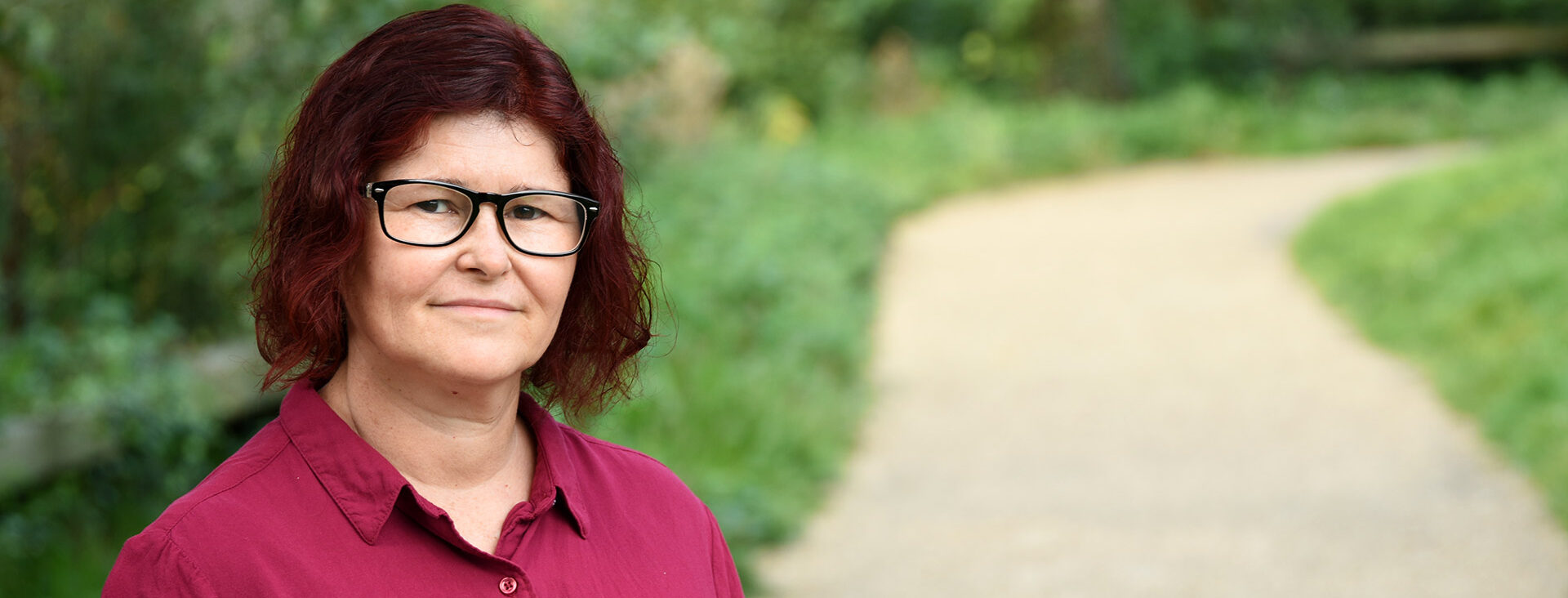In English, the way we see the future affects the way we talk about the future. How certain we are of something is apparent in the way we express ourselves in future terms.
There are four different ways to express the future in English. We can use will (sometimes called future simple), going to, present continuous (or progressive) and present simple. Each one represents a different level of certainty about the future for the native English speaker.
| Expression of the future | Level of certainty before speaking |
|---|---|
| Future Simple (Will) Subject + will + infinitive verb Example: I’ll answer the phone | Unplanned Least amount of certainty (except formal situation and with “be”) |
| Going to Subject + be + going to + infinitive verb Example: I’m going to watch TV on the weekend | An intention/plan or prediction based on evidence Moderate level of certainty |
| Present Continuous Subject + be + present continuous verb + object + future time expression Example: We are attending a wedding in the summer | A personal arrangement (tickets have been boughts, people have been informed etc.) High level of certainty |
| Present Simple Subject + infinitive verb + object + time adverb Example: I have an exam tomorrow Subject + infinitive verb + preposition + time Example: The train leaves in 20 minutes | An event in the near future, or a future fact A timetable/schedules event Very high level of certainty |
| Future Simple Subject + will + infinitive verb Example: The Prince will give a speech now Will + be Example: We will be in Mexico at this time tomorrow | Formal situations and will + be Very high level of certainty |
Of course, during this Covid-19 Pandemic, we have all discovered that the most rigidly scheduled plans can fall apart when nature intervenes. Scheduled events have been cancelled and uncertainty about the future has taken over our thoughts. But English grammar remains the same!
Watch my latest video, to explore some ways to use the first two expressions of the future – ’will’ and ‘going to’. Then write your own sentences in the comments section. I’d love to read them!
(Please note, there is an updated version of this video which can be found here)


